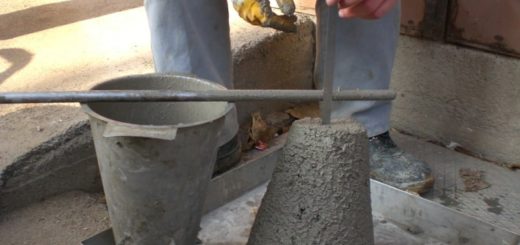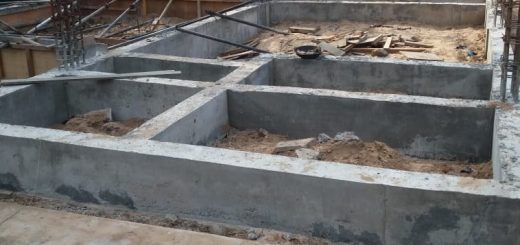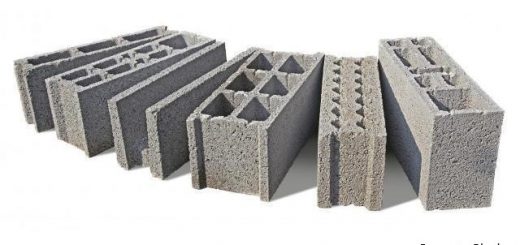Welding Inspection – What it is and How it done
Welding inspection is done to identify the quality of the weld. There are different methods for weld inspection which we will be discussing in this article.
Much information can be gathered with the inspection of a weld.
- Weld size
- Weld discontinuities
- Surface cracks
- Surface irregulates
- Slag collection and cleaning
In addition, you may refer to the article welding defects for information on the possible defect that could occur during the welding process.
The welding inspection process could include the following process.
- Evaluate the overall welding process related to the quality control of the welding
- Maintain the records of all the issues identified and areas to be improved in the quality control and assurance process.
- Compare all the records with standard practices and guidelines and make necessary changes.
The following could be checked when welding is done.
- Condition of the welding joint and its suitability
- Welding process shall be by acceptable criteria
- Evaluate the use of suitable welding consumables
- Evaluate the safety requirements
Welding Inspection Methods
Weld inspections can be done in different ways. The main methods of welding inspection are as follows.
- Visual welding Inspection
- Non Destructive Testing of Weld (NDT)
- Destructive Weld Testing
Visual Inspection of Welding
The most common and simplest method is the visual inspection of the welds to assess the quality of the weld and weld defects.
Some of the welding defects such as undercut, slab inclusions, and cracking of welds could be able to identify with careful examination.
The outcome of the visual welding inspection is depends on the knowledge and experience of the inspector and the welding inspection tools used.
Non Destructive Testing of Weld
As the name implies, any damage is not done to the weld when the testing is done. The methods are used to examine the quality of the test without taking the samples.
Further, as previously discussed, visual inspection is also considered a non-destructing testing method of welding.
The following test could be done.
- Liquidity Penetration Test
- Magnetic Particle Test
- Electromagnetic Testing
- Ultrasonic Testing
- Eddy Current Testing
- Acoustic Emission Testing
- Laser Testing Methods
- Neutron Radiographic Test
- Radiographic Test
- Thermal/Infra-Red Tests
Destructive Welding Testing
Destructive Testing of the Weld is done for a completed weld. Not like non-destructive welding, we have to inspect/test the weld.
Therefore, the actual weld samples will be tested.
The following types of tests are more common.
- Macro Etch Test
- Fillet Weld Break Test
- Transvers Tension Test
- Guided Bend Test
- Free Bend Test
- Back Bend Test
Following this method would be able to achieve the required quality of a weld. It is very important to make sure the welding is done as per the acceptance criteria.
Accordingly, either non-destructive testing or destructive testing shall be used to maintain the quality.
In addition, attention shall be made to the experience and knowledge of the welding inspectors. The whole process depends on the capacity of the inspector. The judgments made by the inspector will be the key in this type of work.
Some of the Related Articles on Steel Structures Design are as Follows.
- Single Angle Design for Tension as per EC3
- Bolt Connection Design Using Eurocode 3
- Single Angle Section Design Worked Example
- Steel Column Design EC3 Worked Example
- Steel Column Design using Eurocode 3
- Steel Beam Design Worked Example [Universal Beam]
- Lateral Torsional Buckling [Theory and Calculation]
- Steel Beam Design as per BS 5950
- Classification of UB Section as per BS 5950



